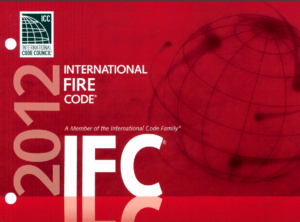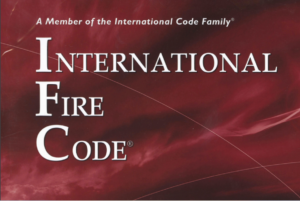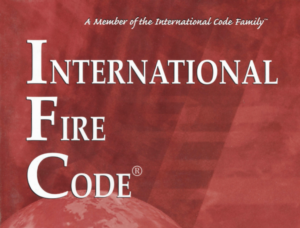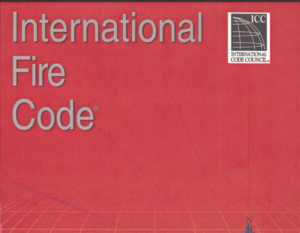The 2002 edition of NFPA 1981 details standards for the design, performance, testing, and certification of open-circuit self-contained breathing apparatus (SCBA) for fire and emergency services. This standard was developed to ensure that firefighters and emergency personnel have reliable and effective respiratory protection in environments that are immediately dangerous to life and health (IDLH). The SCBA covered by this standard are designed to provide clean air from a self-contained source, not dependent on the ambient environment.
Since its initial release, replacing the earlier NFPA 19B, NFPA 1981 has undergone various updates to enhance performance requirements and testing methods. These revisions reflect advancements in technology and changing needs within fire services, ensuring that SCBA performance aligns with the rigorous demands of firefighting and emergency response. Key updates have included specifications for device service life, the introduction of positive pressure requirements, and enhancements in device testing to simulate real-life conditions more accurately.
The 2002 edition introduced significant additions such as the requirement for a heads-up display (HUD) to provide visual information about air supply and battery status directly to the wearer. This feature was included to improve safety and situational awareness. Another critical update was the implementation of a universal air connection, facilitating emergency air replenishment from an independent source, enhancing the rescue capabilities for trapped personnel without compromising the rescuer’s air supply.
Overall, NFPA 1981 focuses on ensuring that SCBA devices are robust, reliable, and equipped with the necessary features to support fire and emergency personnel effectively in the face of hazardous conditions, reinforcing safety protocols and supporting the well-being of users.






